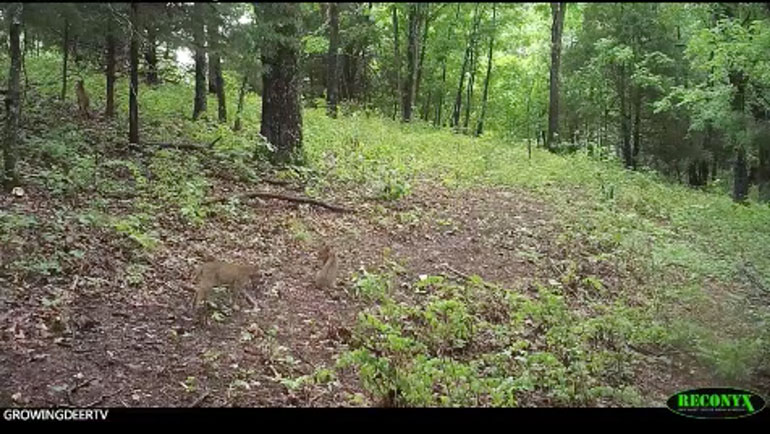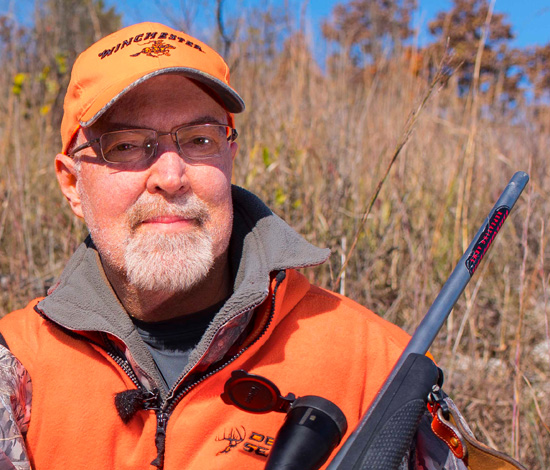Uh Oh – Predator Survey
There’s been much press about the number of deer decreasing throughout the whitetail’s range. These reports are certainly accurate in some areas.
Declines in deer populations have been caused by outbreaks of E.H.D. (Epizootic Hemorrhagic Disease) and predators. There’s no known prevention or cure for E.H.D. However, excessive predators can be removed and a proper predator/prey balance restored. The question is what’s a proper predator/prey balance? There are some easy ways to monitor the predator/prey balance where you hunt.

First, is there more quality forage than deer where you hunt? If there is then the deer herd could be allowed to expand. If the local harvest by hunters isn’t significant enough to keep the deer population from increasing and there’s plenty of quality forage then predators may be limiting the fawn and/or adult deer survival.
Second, predators may be negatively impacting a deer herd’s population size if very few fawns are surviving until fall. Fawn survival is critical for a deer herd to maintain or increase population size. If you aren’t seeing any fawns, chances are the local deer population isn’t increasing. If this observation is paired with seeing or getting more trail camera pictures/video of predators, it can be a bad sign.
All wildlife populations increase and decrease in number due to several factors. Predators can have a significant impact on deer population size if the predator/prey balance is allowed to tilt in favor of the predators.
Growing Deer together,
Grant




